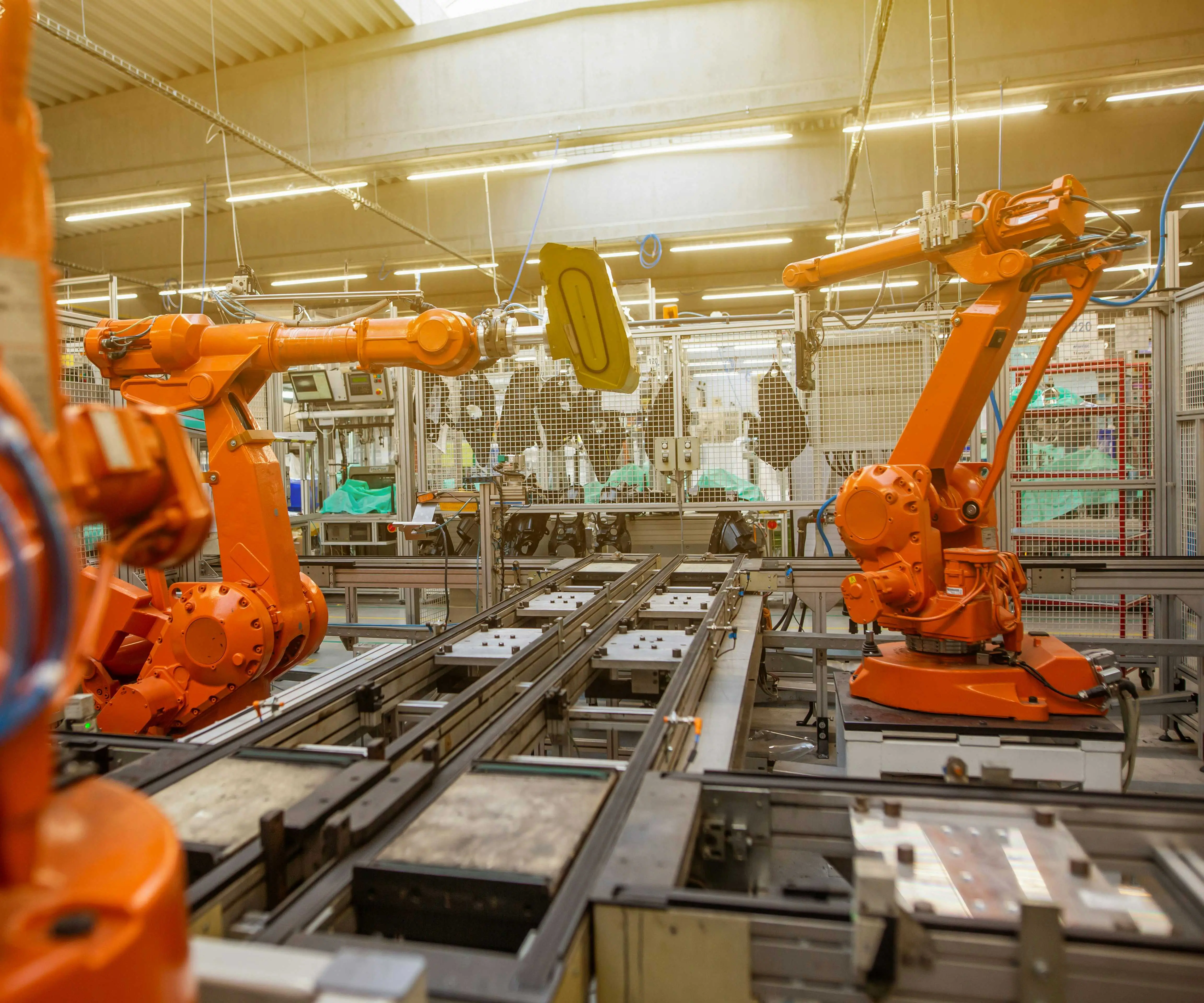When you find yourself facing a brushless motor that’s no longer running as smoothly as it should, the thought of rewinding it might pop into your head. You’re not alone—this happens to the best of us. Whether you're working with an electric bike, a drone, or even a high-performance fan, brushless motors are the silent workhorses of modern tech. But like anything mechanical, they occasionally need some TLC. Rewinding a brushless motor isn't a simple task, but with the right approach, it’s definitely something you can tackle.

So, let’s start with a few basics: Brushless motors, unlike traditional brushed motors, don’t have brushes that wear out. Instead, they rely on a set of coils and magnets. Over time, these coils can suffer from wear and tear, or even get damaged, which is when rewinding comes into play.
Why Would You Need to Rewind a Brushless Motor?
Imagine your motor just isn't firing up the way it used to. It could be due to a short in one of the windings, or maybe the insulation has worn down. Either way, you’ll know it’s time for a rewind when you see performance issues or if you hear strange noises. It’s pretty straightforward—when the winding is damaged, your motor loses efficiency. Rewinding restores that efficiency and can prolong the motor’s life.
How Do You Rewind It?
Okay, so here’s where things get a bit tricky. To rewind a brushless motor, you need a few tools and a steady hand. You'll need some wire—typically copper—insulation materials, and of course, a way to get the motor apart without causing further damage. The basic idea is to remove the old, damaged winding, and carefully replace it with new wire, making sure to match the original coil count and winding pattern.
The first step? Disassembly. Carefully open the motor and remove the old winding. This is a delicate process; you want to avoid damaging any of the permanent magnets inside. You might want to take a few notes or even photos during this step for reference when you start reassembling. Once the winding’s out, it’s time for the real work—rewinding.
Now comes the fun part. You’ll want to carefully wind the new wire around the stator, following the exact same number of turns as the original. Getting this right is crucial, because a mismatch can lead to poor performance or, worse, a motor that doesn’t work at all.
Is It Worth It?
Rewinding a motor isn’t a walk in the park, but it’s often worth it if you're dealing with an expensive or specialized motor. Some people even choose to rewind their motors for performance reasons, aiming for a more customized winding pattern that suits their needs better.
Some Final Thoughts
Not everyone has the time, patience, or tools to rewind a motor. But if you’re someone who enjoys getting hands-on with your equipment, it's a rewarding challenge. Plus, knowing you’ve restored your motor to peak condition can be incredibly satisfying.
Remember, the key to a successful rewind lies in precision. Don't rush the process. If you're new to it, you might want to practice on a cheaper motor first, before diving into something more expensive. If you’re looking for a reliable source for high-quality motor parts or guidance, companies like KPOWER offer everything you might need.
But no matter what, don’t underestimate the impact that a good rewind can have. It’s not just about fixing a problem; it’s about restoring your motor’s full potential. So if you're up for the task, go ahead, dive in—and feel the satisfaction of a job well done.
Established in 2005, Kpower has been dedicated to a professional compact motion unit manufacturer, headquartered in Dongguan, Guangdong Province, China.




































